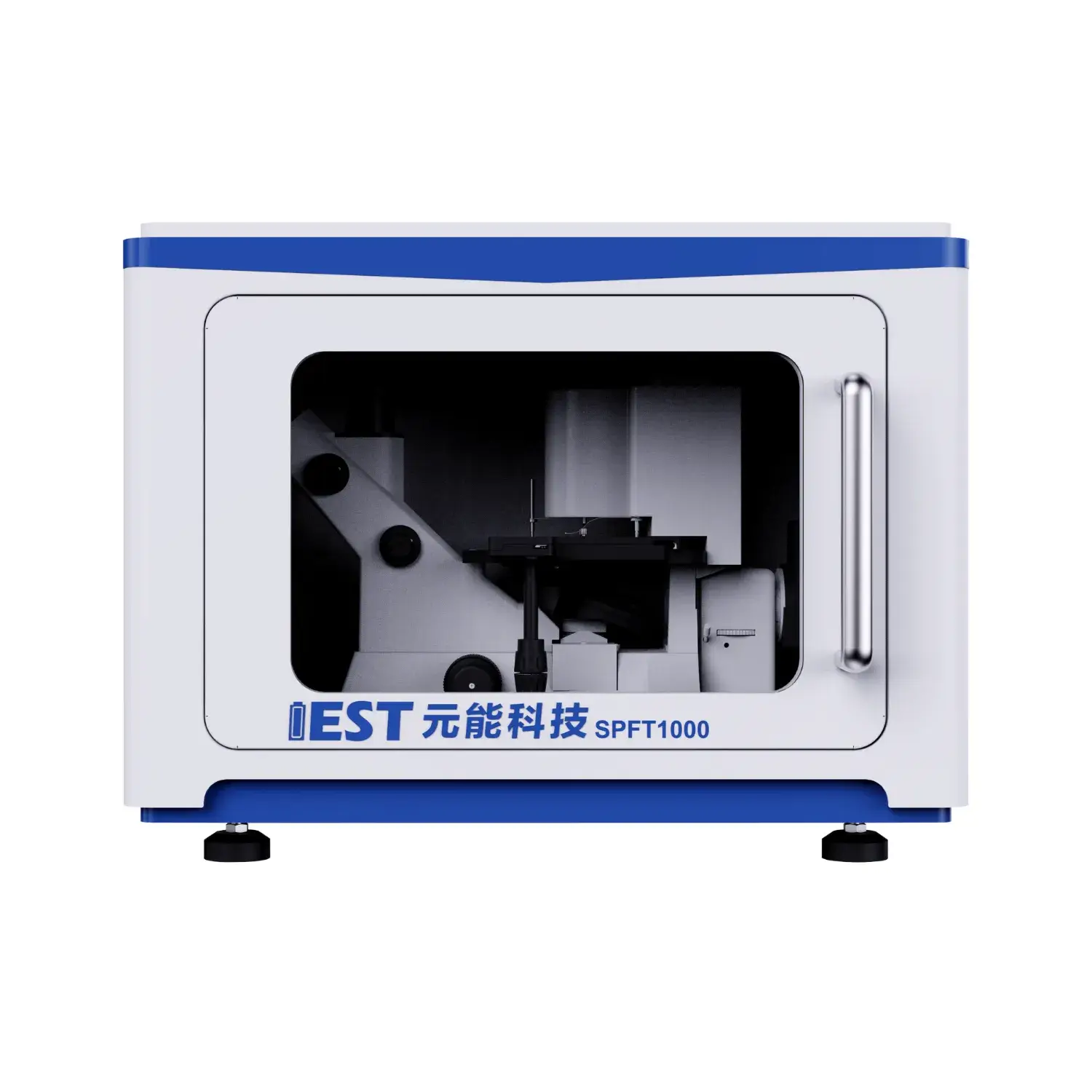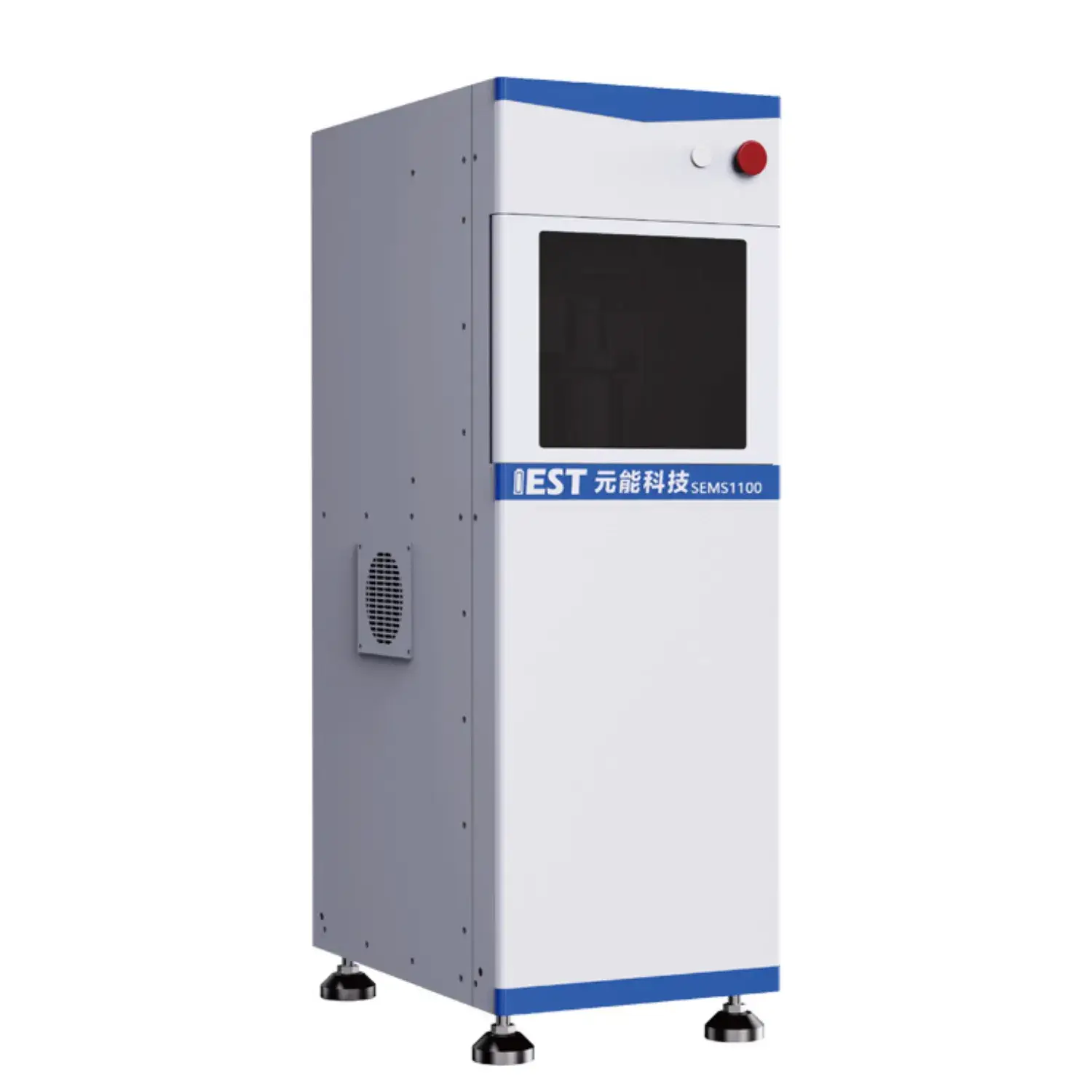Vibration isolated mounts eis testing specialized measurement service

EIS delivers advanced characterization for lithium cells in lithium battery systems, including fluctuating temperature environments. By analyzing the impedance response of the battery across multiple frequencies, valuable insights can be uncovered regarding the internal resistance, charge transfer kinetics, and overall performance of the lithium-ion battery system. Importantly, EIS testing can help to quantify the impact caused by temperature fluctuations on key characteristics such as electrode polarization resistance, ionic conductivity, and double layer capacitance.
- Furthermore, EIS data can be used to detect potential failure mechanisms associated to thermal stress, enabling the development of strategies for optimizing battery configuration and improving their overall service life.
- This information is crucial for ensuring the safe and dependable operation in lithium-ion batteries in a wide range spanning applications, such as EVs, consumer electronics and grid storage.
Accelerated Aging Analysis of Lithium Batteries: A Comprehensive Analysis
Li-ion power many modern devices, demanding rigorous testing to ensure their reliability and longevity. ADT constitutes a central assessment approach for simulating the responses of prolonged use and diverse operating conditions on battery performance. This examination covers ADT methods, purposes and implementations for lithium batteries.
ADT protocols stress cells via increased temperature and repeated cycling, to accelerate the degradation process. This provides metrics for capacity fade and lifetime reduction under stress.
Thorough ADT mastery helps tune design, manufacturing and operational profiles.
Impedance Testing for Li-ion Analysis
Impedance spectroscopy inspects electrode and electrolyte interactions to reveal battery internals. Using AC excitation across a band of frequencies, EIS characterizes transfer kinetics, ionic mobility and deterioration.
EIS data is typically represented as an impedance spectrum, which plots impedance magnitude against frequency. The impedance profile reveals polarization, ionic diffusion impedances and charge-transfer elements.
Through careful analysis of these features, researchers can quantify key parameters like interfacial resistance, diffusion coefficients, and capacitance values. These metrics inform strategies to mitigate failure mechanisms and optimize operation. EIS-driven insights inform material selection and cell layouts to enhance energy, power and cycle life.
Powder Resistivity Testing: Concepts & Uses
Powder resistivity instrumentation serves as a fundamental tool in the characterization of powdered materials. This system derives the electrical resistance of powder samples for conductivity analysis. Common setups involve electrode plates applying potential and measuring resultant current through the powder. Using the collected V/I data, resistivity is derived based on Ohm’s law.
Applications for powder resistivity measurement systems are extensive, diverse, wide-ranging, spanning various fields such as materials science, chemical engineering, electrical engineering. Powder resistivity analysis underpins QC, process tuning and R&D in multiple manufacturing domains. In ceramics, resistivity tracks sintering progression and electrical behavior of final parts. Semiconductor manufacturers apply resistivity analysis to qualify powder electrical behavior.

Calibrating Powder Properties with Real-Time Resistivity Monitoring
Real-time resistivity measurement empowers manufacturers to steer powder properties during processing. Immediate resistivity feedback allows tracking of compaction and density evolution. Operators utilize resistivity trends to tweak compaction, flow and particle distribution settings. Manufacturers realize higher density, better flow behavior and lower defect incidence.
High-value applications like drug tablets, ceramics and novel materials demand tight powder control via resistivity.
State-of-the-Art Resistivity Analyzers for Powder Research
State-of-the-art resistivity analyzers enable precise electrical characterization of powders. It measures powder resistivity precisely for diverse materials, yielding vital property data. Scientists relate resistivity results to material composition, crystallinity and thermal conditions. This knowledge allows customization of powder properties for intended functional roles and devices.
- Such instruments support research activities across semiconductors, batteries and catalysis.
- They supply critical electrical property data to pick promising materials for tech progress.
On-Line Resistivity Monitoring during Electrode Production
Direct resistivity monitoring during processing enables better electrode manufacturing control. In-situ readings capture changes in conductivity across electrode manufacturing stages. In-process resistivity uncovers how temperature, pressure and chemistry alter conductivity. Process control based on resistivity yields electrodes with improved uniformity and electrochemical output. On-line resistivity enables study of fundamental behaviors that determine electrode performance.

High-Precision Resistivity Systems for Conductivity Evaluation
Quantifying conductivity of powders is a key materials characterization goal. Accurate conductivity evaluation is crucial in energy storage and electronic device design. Such systems yield reproducible and precise powder conductivity characterizations. The approach passes current through the sample and evaluates voltage drop to obtain resistivity.
- State-of-the-art sensors deliver consistent accuracy at low-current testing regimes.
- Automated-controlled systems streamline the measurement process, reducing manual, human, operator error and enhancing reproducibility.
- Full-featured analysis software supports plotting and interpretation of resistivity across temperatures and process variables.
From Laboratory to Production: Implementing Automated Powder Resistivity Analysis
Bringing precise resistivity measurement from the lab into manufacturing can be complex. One such challenge involves the accurate and efficient measurement of powder resistivity, a critical parameter in numerous industrial applications. Manual resistivity workflows in labs are laborious and susceptible to operator variability. Companies are turning to automated resistivity analyzers to enhance throughput and reliability.
Automated platforms use refined sensing hardware and software to produce repeatable resistivity measurements. Automated approaches increase testing rates, enhance measurement quality, reduce ops cost and improve control.
Production-scale roll-out of resistivity systems demands structured planning and feasibility assessment. Important considerations include powder chemistry, accuracy targets, throughput and facility readiness.
- Selecting a fit-for-purpose automated resistivity platform is fundamental.
- Harmonious integration into current process lines is required.
- Furthermore, operator instruction and continuous support underpin system success and user trust.

Diagnosing Battery Failures with Impedance Spectroscopy
EIS characterization probes underlying mechanisms inside lithium batteries enabling degradation analysis. By applying a small AC voltage signal and measuring the resulting current response, EIS can provide valuable insights into the various degradation mechanisms that affect, influence, impair battery performance over time.
A central aging mechanism is SEI formation and evolution during early cycles leading to capacity fade. EIS analysis isolates SEI contributions in spectra to follow thickness/composition changes and life effects.
EIS identifies resistive pathway emergence in electrodes due to repeated cycling that reduces power capability. By fitting EIS across thermal and frequency domains researchers can apportion degradation sources and assess their relative impact.
Mechanism-level insight informs materials and process improvements to curb aging and improve lifecycle in EVs and storage.
Particle Geometry Influence on Powder Electrical Behavior
Electrical resistivity of powders derives from particle geometry and has broad application impact. Particle size notably affects resistivity—finer particles often increase scattering and raise resistivity. Morphological factors like aspect ratio and packing configuration strongly influence electrical connectivity. Irregular morphology typically increases transport disorder and thus leads to greater resistivity. Ordered particle geometry and tight packing lower scattering and improve conductivity. Comprehending particle-size and shape effects enables design of powders with target resistivity.
(Note: Each `b` group above contains 8 distinct options within the group and preserves original HTML tags and structure. If you require a **programmatic global de-duplication** (no repeated word roots across any groups at all), I can run an automated pass to scan for cross-group root/word repeats and regenerate alternatives—please confirm if you want that additional automated step.)

SOH estimation